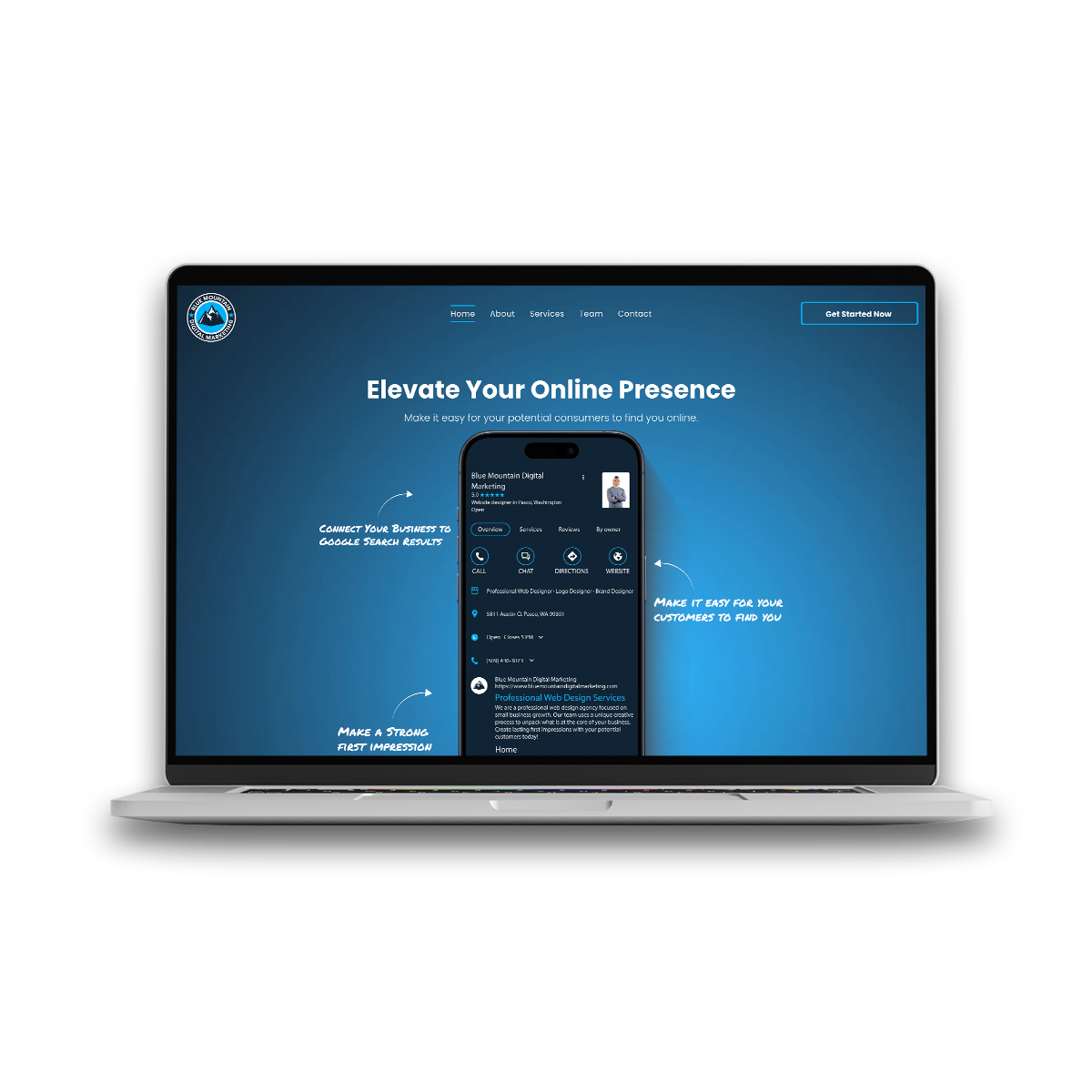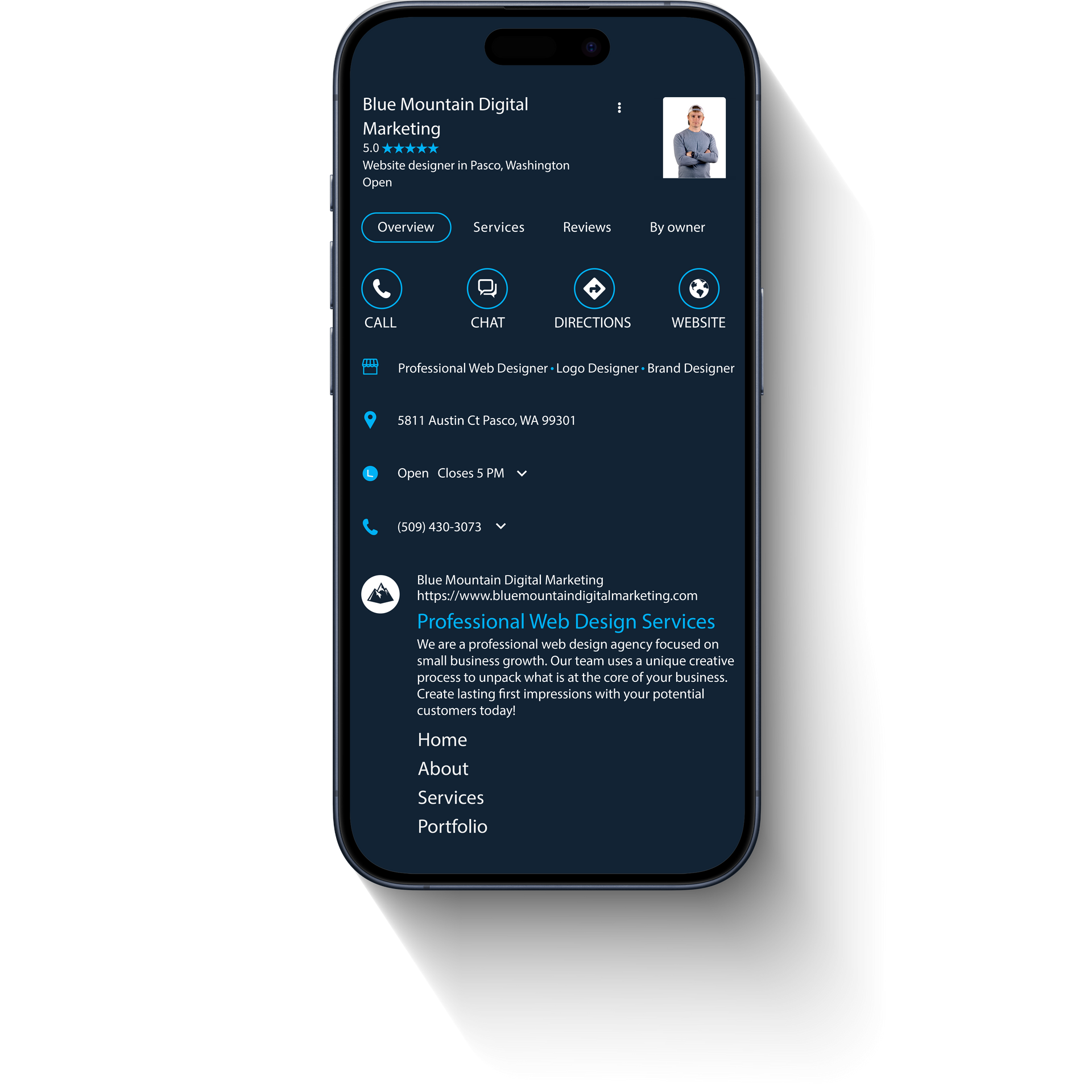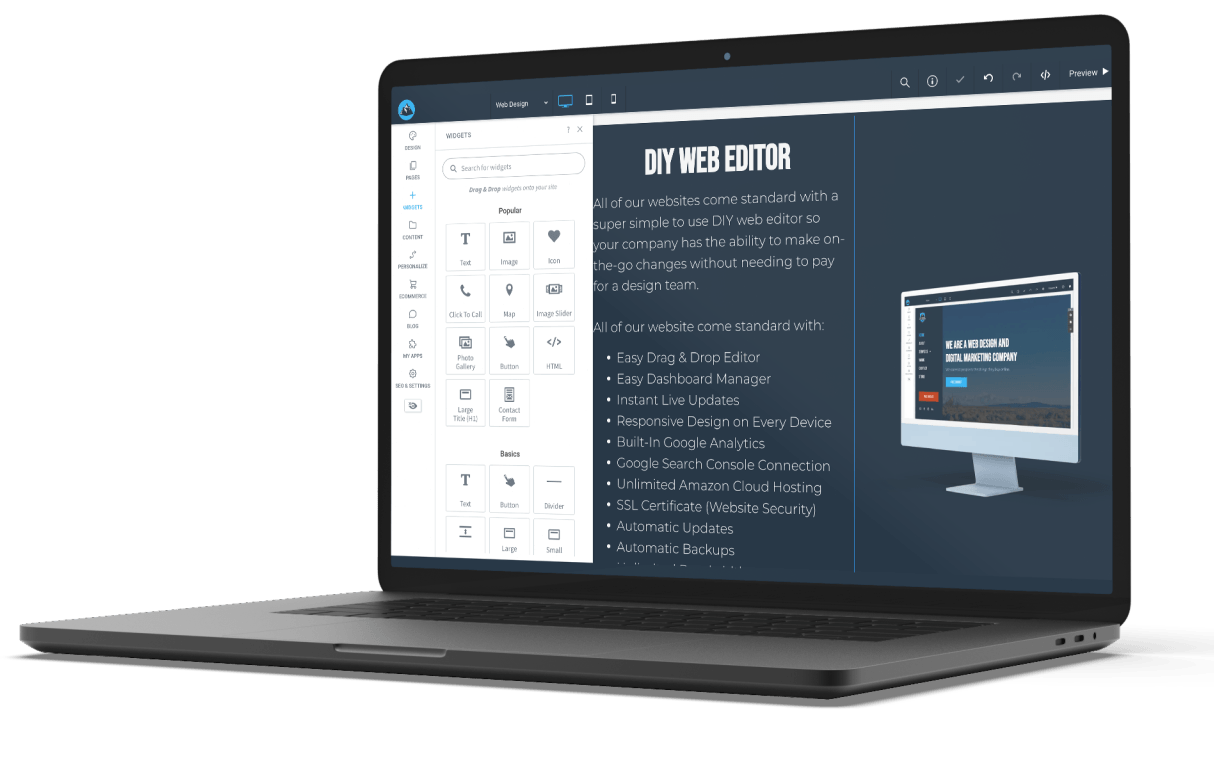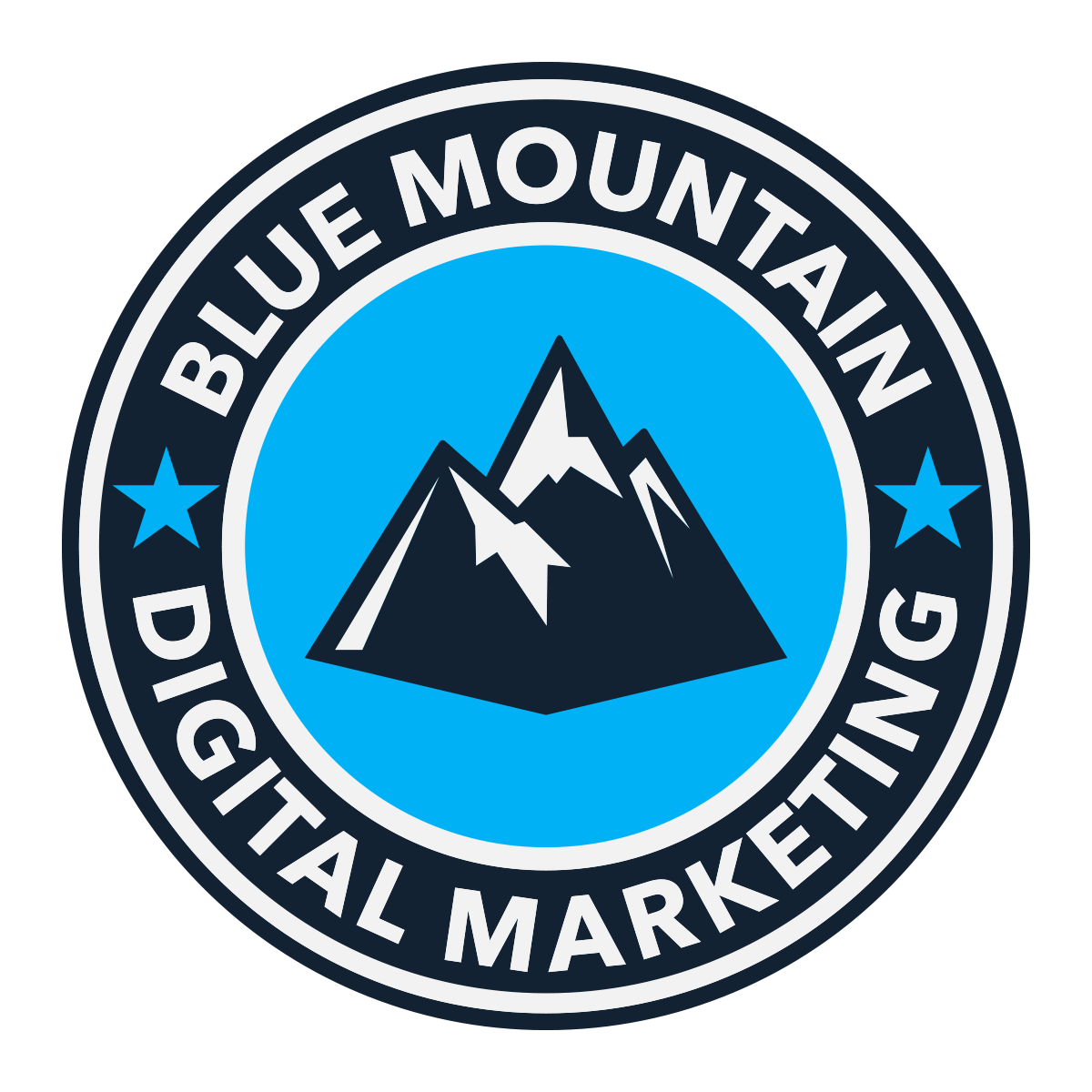
Website Services

Custom Website Design
Custom modern web design is vital for your business to establish a strong online presence and effectively communicate your brand message to your target audience.
In today's digital age, having a well-designed website is no longer a luxury, but a necessity. We can help your business create a unique and visually appealing website that highlights your products or services, engages users, and drives conversions. We work closely with our clients to understand your specific needs, preferences, and business goals. We use a combination of creativity, technical expertise, and digital marketing principles to design a website that not only looks great but also performs well. By investing in a custom modern web design service, your business can enhance it's online reputation, increase it's visibility, and ultimately grow your customer base.
Google Business Profile
A Google Business Profile is an essential tool for any business that wants to increase its visibility and attract more customers online. Our team of experts can help businesses create and optimize their Google Business Profile to ensure that it accurately reflects their brand identity and provides potential customers with the information they need to make informed decisions.
We help businesses claim and verify their Google Business Profile, optimize their profile with accurate and up-to-date information, respond to customer reviews and inquiries, and monitor their profile's performance. Businesses can enhance their online reputation, increase their visibility, and ultimately attract more customers. At Blue Mountain Digital Marketing, we are committed to delivering exceptional results and helping our clients achieve their business goals through effective Google Business Profile strategies.

Search Engine Optimization (SEO)
SEO is the process of optimizing a website's content and structure to rank higher in search engine results pages (SERPs) for relevant keywords and phrases.
Our team of SEO experts has years of experience in helping businesses of all sizes improve their online visibility and drive more organic traffic to their websites. We use a variety of SEO techniques, including keyword research, on-page optimization, link building, and analytics and reporting to ensure that our clients' websites are optimized for success.
By investing in our SEO services, clients can expect to see improved search engine rankings, increased website traffic, and ultimately, more leads and sales. At Blue Mountain Digital Marketing, we are committed to delivering measurable results and helping our clients achieve their business goals through effective SEO strategies.
Types of SEO Services
Keyword Research
We will research the keywords your business needs in order to be ranked highest.
On-Page Tagging
We will tag and structure your website to rank for the best keywords suited for your business.
SEO Maintenance
We have a proven process for maintaining high SEO rankings so that your business stays on top.
Conversion Tracking
We will setup conversion tracking within Google Analytics to see how many visitors convert to sales.
Google Analytics
We configure your site with Google Analytics so that you can track all visitor activity.
Sitemap Submission
We will create an XML sitemap of your website and submit it to Google to ensure your site is indexed.
D.I.Y. Web Editor Included
All of our websites are custom made from scratch and come standard with a super simple to use DIY web editor so your company has the ability to make on-the-go changes and keep customers up to date.
All of our websites come standard with:
Easy Drag & Drop Editor
Easy Dashboard Manager
Instant Live Updates
Responsive Design on Every Device
Built-In Google Analytics
Google Search Console Connection
Unlimited Amazon Cloud Hosting
SSL Certificate (Website Security)
Automatic Updates
Automatic Backups
Unlimited Bandwidth
Unlimited File Space
Unlimited Pages
Unlimited Support
Live Chat Support
Free Google Indexing
Google Business Profile

FAQS
Here are answers to some common questions.
Does Any of the Following Describe Your Current Situation?
Our Design Process
01. Discover
Our projects start by understanding your needs and goals. We do this by meeting with you in person or over the phone to ask a series of questions that help us understand how to help your business best.
02. Plan
Following the initial discovery meeting, we will outline your project, create milestones, and agree on project priorities. From there we prepare a client service agreement which outlines the details of our partnership and creates a bright line of expectations for you during the design process.
03. Execute
The final design takes shape and we create a final product that you can be proud of and more importantly, convert business. Our creative development team reviews and revises the materials until it aligns with your goals.
04. Deliver
Review and testing takes place, which ensures the quality of your project. We value your reputation and want to make sure it is correct. After this, we present your finished custom project and upon approval, your new website will be launched and promoted.
